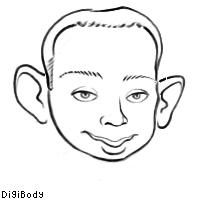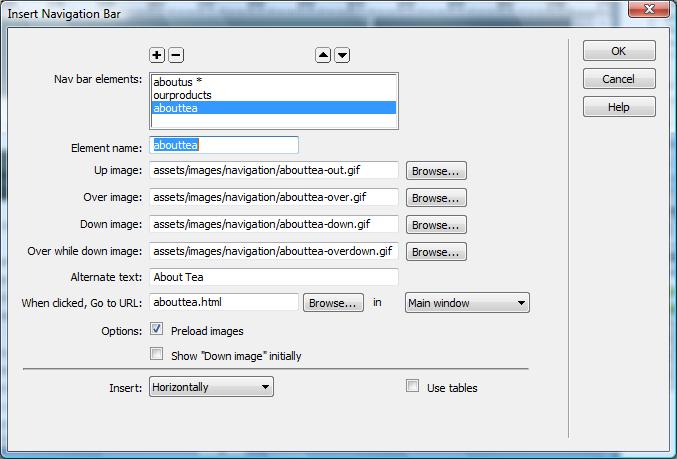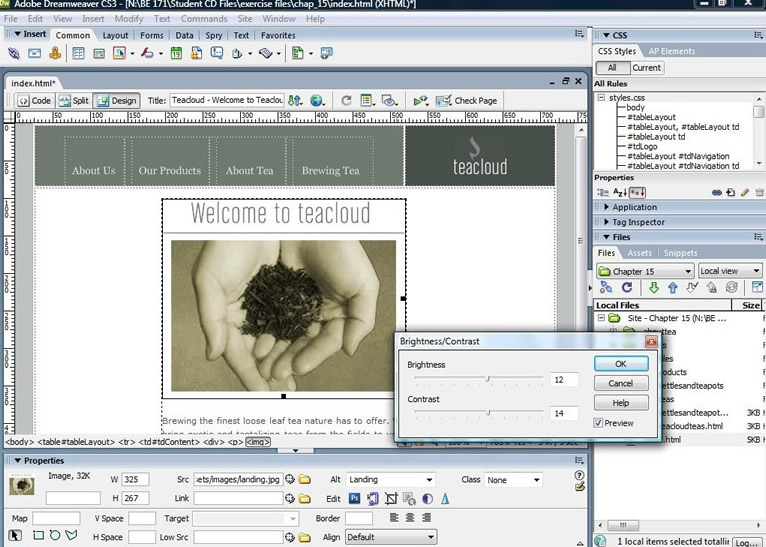
Home | CSS | Tables | Images | Typography | Layout | Designing for Devices | Color Theory | Forms | Dreamweaver Features | Resources | Accessibility
Here is how to add your caricature to your site:
Here is a caricature of me:

Terms you need to know:

Images - what would the web be without them? If we could not see what we were being told about, how would we learn? How would we get to try something out? How could we play a game? The web would be very little without its images. Nothing more than a jumbled web of text.
The important part is deciding how and when to use images. And a large part of that, in turn, is knowing your target audience. To do this, you must understand dimensional size and file size, and how they relate. Dimensional size is the size of the picture itself. Such as desktop wallpaper that is 640X480. File size is the amount of disk space the image takes, such as 50KB.
But why would you want to edit images for the web? Because images that are too big take too long to download, and may be costly to get for those paying for bandwidth. They may also take websites and make them too big to be fully seen on a single monitor. You may also want to edit images to make them more visible, and easier to see. Making images small, and easy to see, are great ways to ensure a successful website.
Here are some websites you may find useful:
